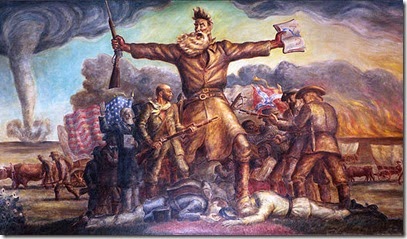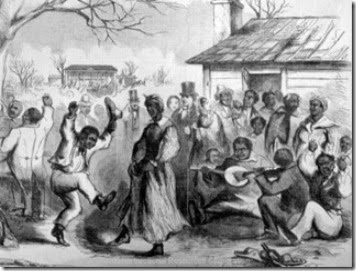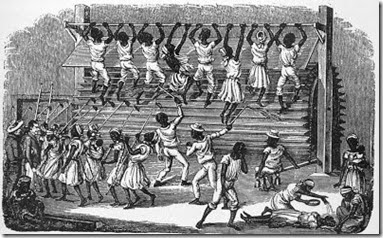REVOLUTION AND COUNTER-REVOLUTION. We are now at the end of our journey through the remarkable book on US slavery, ‘The Half Has Never Been Told,’ by Edward E. Baptist. The last chapter is entitled ‘The Corpse,’ again with a double meaning, referring to the dead African Americans who rose up to fight slavery as Union soldiers, and the death of the institution of slavery itself.
As Union armies penetrated deeper into the South, at every camp dozens, hundreds, or even thousands, of ‘contrabands’ appeared, African Americans who deserted slave plantations, mines and mills to join the Union ranks in whatever way they could. W.E.B. Dubois referred to these critical events as ‘the general strike of Black labor,’ and it took the heart out of the slave economy. Some 200,000 of these self-liberated slaves were eventually formally brought into the Union Army, any proved decisive in many battles. Perhaps as many or even more found other ways to assist, working as laborers for the army, or in labor camps that helped produce and supply provisions for the army.
One thing many slave couples did in the army camps was to ask to be married by Union officers, who had the power to make such unions official. It mattered to the former slaves in many ways, but one way was especially important to the widows of some 40,000 Black troops killed in battle. In meant they and their children could receive a surviving widow’s pension.
The 13th Amendment abolishing slavery passed in1864, before the end of the war. On hearing Lincoln speak about it, one John Wilkes Booth stated that this ‘means nigger citizenship, and now, by God, I’ll put him through.’ Within a few months, he did.
The surrender of the South meant a period of dual power existed in the former Confederacy. Black freedmen, many of them armed veterans, together with federal troops, allowed ‘Reconstruction’ governments to emerge, with many freed Blacks and free Blacks being elected to office in new state legislatures and the to US Congress. Many of the laws they passed, designed to meet the needs of the poor generally, were among the most progressive ever seen in the area. Radical Republicans floated the program of supplying every Black man with 40 acres, a mule, a rifle and the right to vote, breaking up old plantations. But it never was implemented. The old ruling classes in the South also organized, especially with the armed terror of the Ku Klux Klan. By 1876, federal troops were withdrawn, and Reconstruction overthrown by ‘Redeemers.’
At the point of a gun or a noose, Blacks were forced into ‘labor contracts,’ ‘sharecropping,’ and penal gangs little different from slavery. But that is a story for another book, ‘Slavery by Another Name’ by Douglas A. Blackmon, describing how this new re-enslavement lasted until 1945. In evaluating Lincoln’s assassination, Baptist makes an interesting point in his conclusion, that the 16th President was either the last casualty of the Civil War or the first casualty of other mass insurgencies for Civil Rights and Black freedom yet to come. But in the end, the most powerful dimension of this book is a simple one. It gives us an excellent and well-documented account of our own history, but one that takes a point of view as its centerpiece, the point of view of the enslaved and the exterminated that made our history even possible. It’s an awakening that won’t go away.
Read more!












